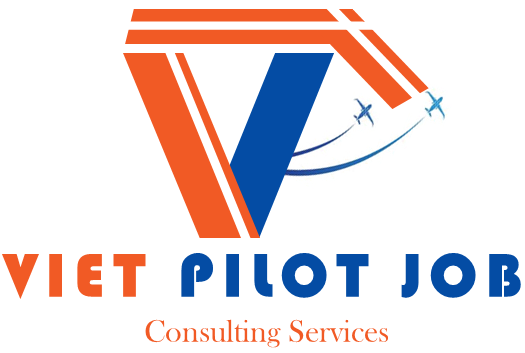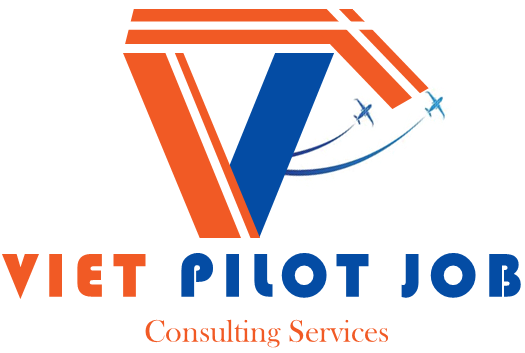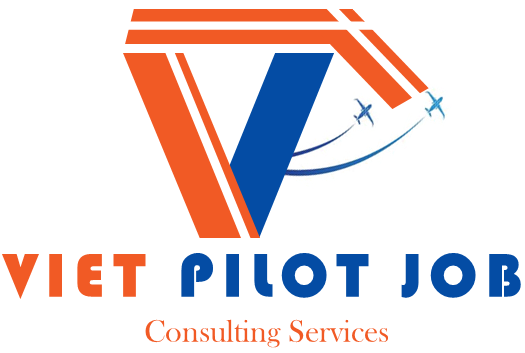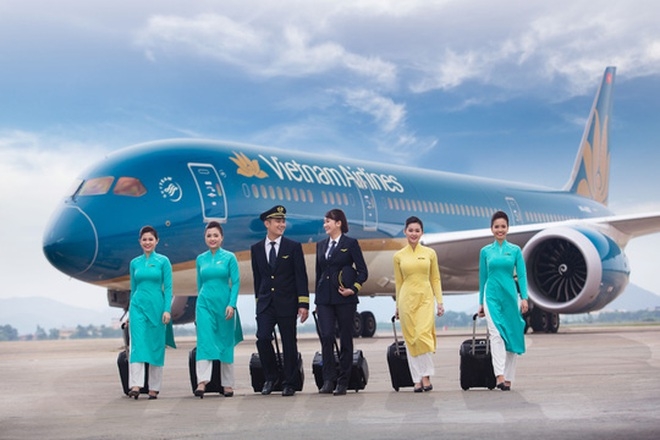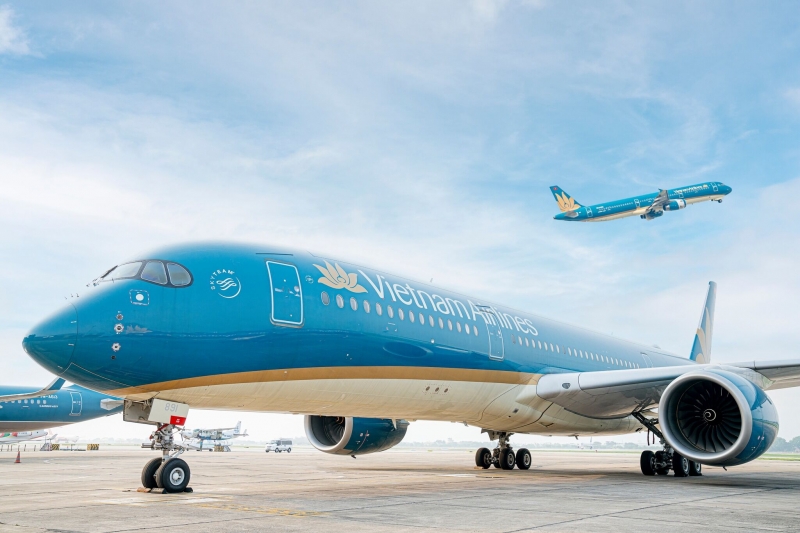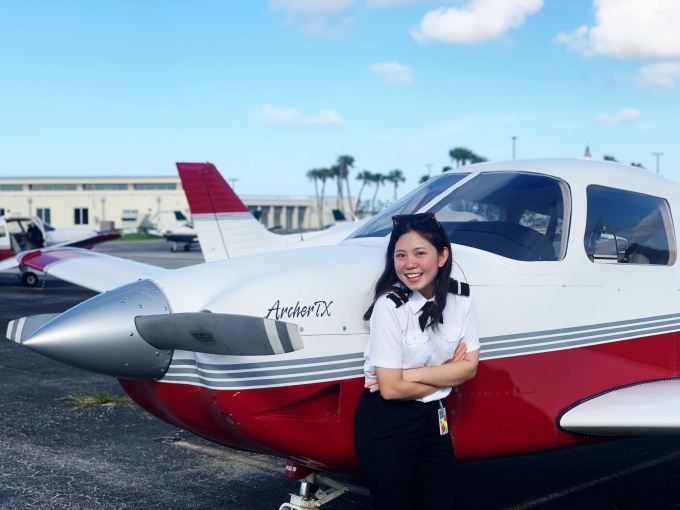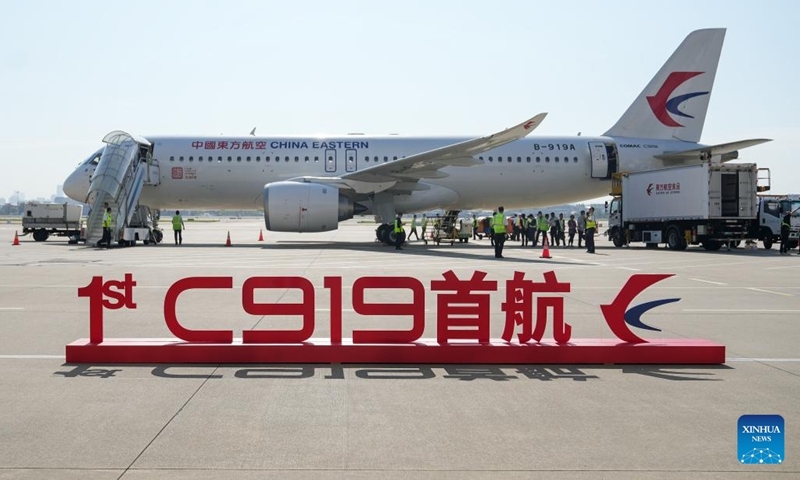How to become a commercial pilot
Almost anyone can learn to fly a plane and operate aircraft with the proper training. However, becoming a commercial pilot involves going through some specific steps. Here are six steps you should follow to become a commercial pilot:
1. Get a private pilot certificate
The first step to becoming a commercial pilot is getting a private pilot certificate. Training and preparation for pilot certification involves learning aviation basics and establishing a solid foundation for more advanced aircraft operation. Most pilots start learning on single-engine planes, later progressing to larger and more complex aircraft.
It usually takes 50 hours of training to become certified as a private pilot. Training typically consists of 35 hours of instruction with a flight instructor and 10 hours of solo flight.
2. Acquire an instrument rating
The next step toward becoming a commercial pilot is acquiring an instrument rating. An instrument rating is a set of qualifications that a pilot should possess before being allowed to navigate aircraft under Instrument Flight Rules. Acquiring an instrument rating will also qualify pilots to operate aircraft in any weather. Earning an instrument rating requires training and instruction in meteorology and instrument flying.
3. Obtain a commercial pilot license
The next step is to obtain a commercial pilot license. Applicants are required to meet all the requirements for commercial airline pilots and fly a high-standard aircraft for 10 hours or more to obtain a license. They will also have to complete 250 or more flight hours, 100 hours as the pilot-in-command, and 50 hours in cross-country flight. After obtaining a license, pilots can legally be paid for their services.
4. Secure a flight instructor certificate
In some cases, commercial pilots will have to obtain a flight instructor certificate. This qualifies pilots for certain positions and provides additional employment opportunities.
5. Get experience
Actual flying experience is a requirement for many commercial pilot jobs. For example, one of the requirements for getting an Airline Transport Pilot license, which all commercial pilots must have, includes having a minimum of 1,500 hours of flying time.
6. Work as a commercial pilot
Once you have obtained your licenses and meet the minimum flight hour requirements, you will then be eligible to fly for an airline as a commercial pilot. Working professionally for an airline can also qualify you for most regional and international commercial pilot positions.
Frequently asked questions about being a commercial pilot
Here are some commonly asked questions about becoming a commercial pilot:
1. Should I get a university degree before training to be a pilot?
A bachelor's degree isn't required to become a commercial pilot. However, many airlines may require applicants to have a bachelor's degree in addition to actual flying experience. In any case, having a bachelor's degree will open up more opportunities for working in the aviation industry.
2. What subjects should I study to become a pilot?
Unlike medicine or the sciences, there are no college academic courses that focus specifically on operating aircraft. However, having an extensive background in science and math can be beneficial to aspiring commercial pilots. It may also be advantageous to study geography and languages to increase your chances of employment. Knowledge of these subjects may give you an advantage over the competition when vying for commercial pilot positions.
3. Is it challenging to become a pilot?
Working as a commercial pilot requires a great deal of technical knowledge. However, many professional pilots would say that the most challenging part of the job is being responsible for the aircraft, crew and passengers.
Becoming a commercial airline pilot requires considerable study and training, as well as many hours of flying time. It requires a lot of dedication, commitment and hard work to become a commercial pilot, but can be a rewarding career path for anyone who loves to travel and enjoys a challenge.
 English
English
 Korea
Korea